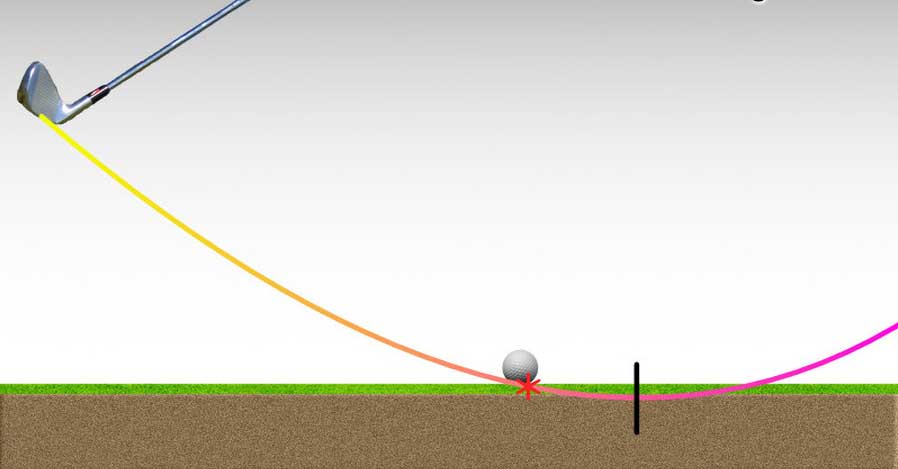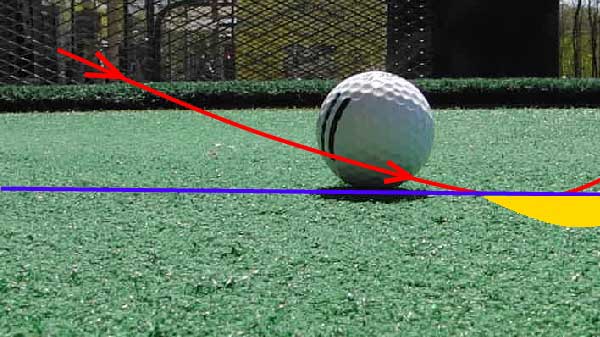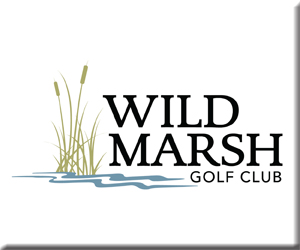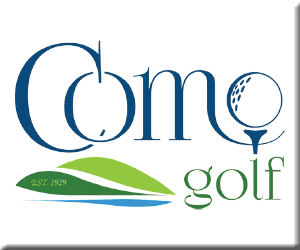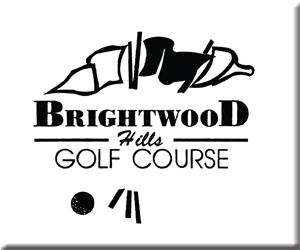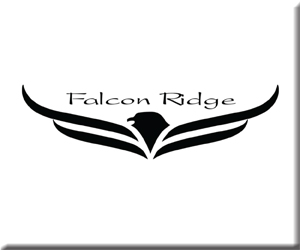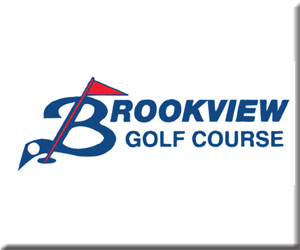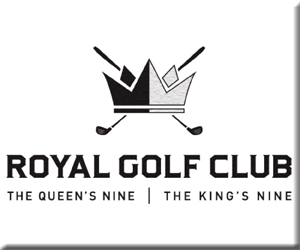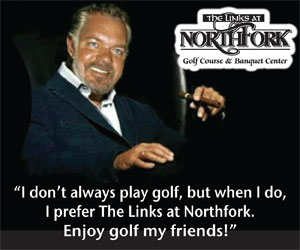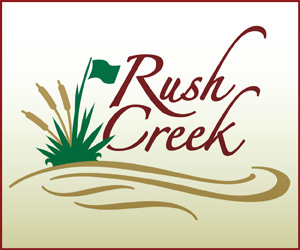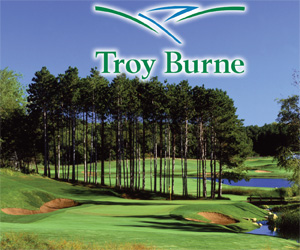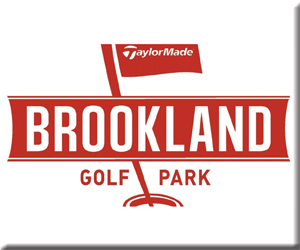It’s All About Impact – Low Point
By Chris Foley
In striking the golf ball, impact is where the clubface gives the golf ball all its instructions on its flight. The ball’s direction, trajectory, and curve are all determined in the 1/2000 of a second that the golf ball spends on the clubface. The elements that go into creating impact are the club’s angle of attach, the path of the swing, where the clubface is pointed at impact, and where the golf ball strikes in relation to the center of the clubface.
Over the course of the season, we will address each of these factors and what you can do in your golf swing to influence or change them. Any adjustment to the golf swing should be done with the elements of impact in mind.
A functional golf swing creates great impact alignments and there are many ways to do this. If you compare the swings of Rory McIlroy, Mathew Wolfe, and Web Simpson, the swings all look different. However, they arrive at similar impact alignments. There are many was to get to impact. Your goal should be for your golf swing to be as efficiently and repeatably as possible.
This month we are going to address where the golf club bottoms out, the angle of attack and the low point of the swing. The angle of attack is how the club approaches the ball relative to the ground at impact. When a ball is hit off the ground, to strike it with maximum compression, we must hit it with a downward angle of attack. In other words, we need to hit the golf ball on the downward side of the swing, not the upward. We want to hit the ball first and then the ground.
The low point of the swing is closely related to the angle of attack. It is where the arc of the swing reaches its lowest point before it starts to move up the arc. Maximum compression is achieved with the club’s low point on the target side of the ball.
As we prioritize the elements of impact, getting the club to bottom out in the correct place is our number one priority. There is a direct correlation with were the club bottoms out and a player’s handicap. The better the player the more the club bottoms out in front of the ball. When the club is bottoming out in front of the ball it is much easier to work on the other elements of impact.
The following elements of the swing influence where the club bottoms out.
The players posture at address – If the player is not in good posture at address, they will seek balance in the swing. When a player is seeking balance, this changes posture. A change in posture will influence how the club returns to impact.
Ball position – Where the ball is placed in relation to a player’s stance will influence how the club approaches impact. If the ball is too far forward the club will tend to bottom out too far behind the ball. A ball placed too far back in the stance can influence the too steep of an angle of attack.
Club Path – The path of the swing or “swing direction” is a big influence on where the club bottoms out. If the path is too much rightward the club will bottom out too far behind the ball. Leftward paths tend to influence the low point forward.
Shift – The sequence and timing of how a player moves to their lead side is a big influence in the low point of the swing. Ideally the player begins to shift their weight to there lead side right away in the transition of the backswing to the forward swing. In the transition into the forward swing, when the lead arm is level to the ground, the player should have approximately 60% of their weight on their lead side. At impact the weight should be 80+% on the lead foot. This sequence leads to the club bottoming out in the correct place. If the player doesn’t shift to the lead side soon enough the club tends to bottom out too far behind the ball. When the shift is too rapid the low point tends to be too far ahead.
Lag – Lag is the angle between the shaft and the lead arm in the forward swing that has been created in the backswing. Too a large extent maintaining lag is a function of other things in the swing. If a player has too little lag the angle of attack will tend to be upward. With too much lag the angle of attack gets too steep.
Improving where the club bottoms out and the consistency of this is a huge part of good ball striking. If your club isn’t bottoming out in the right place, look at each of these elements of your swing. When the club bottoms out in the right place your ball striking will be much better!
